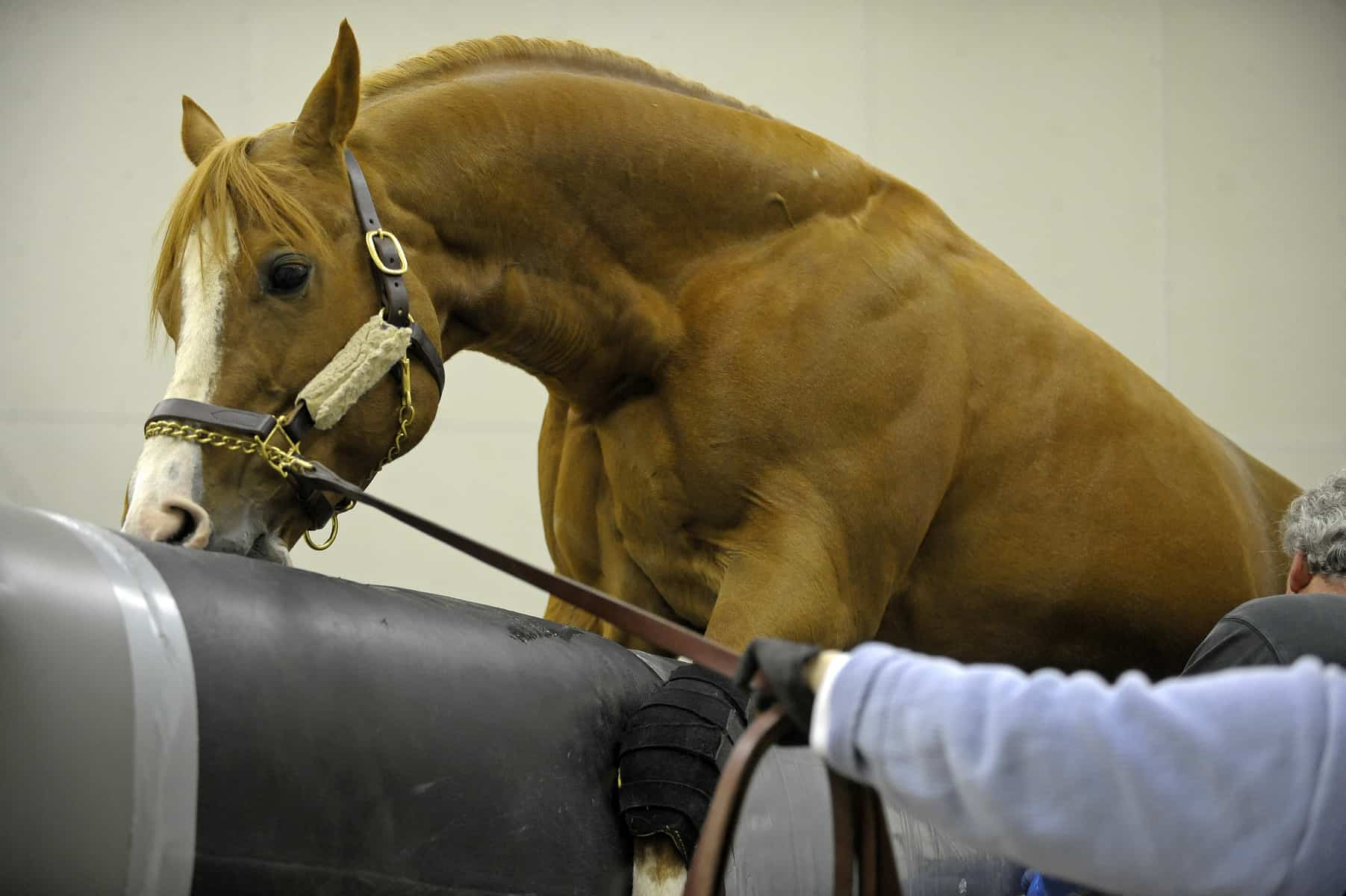CEM: What Every Stallion Owner Should Know

- From mare to stallion through live-cover breeding;
- From stallion to mare through live-cover breeding or artificial insemination with contaminated semen; and
- From stallion to stallion through contaminated semen collection equipment.
While some mares are capable of clearing the infection on their own, others remain infected long-term carriers. Most importantly, stallions can carry and transmit the organism indefinitely until they are diagnosed and treated for the infection.
The United States has been considered CEM-free since the mid-1980s; however, six “incidents” of the disease have been reported in the country since 2006. In five of these veterinary officials found infected stallions, and they considered three of the incidents to be actual outbreaks—rather than isolated cases—in which disease spread to multiple horses. The 2008-2010 CEM outbreak was the most serious of the U.S. outbreaks to date; 23 stallions and five mares were found to be infected, and more than 1,000 exposed horses were tested in 48 states. Regulatory veterinarians determined the infection came from a single source—a stallion imported to the United States from a CEM-affected country in 2000. From 2000 to the end of the outbreak in 2010, the disease spread to 23 stallions through contaminated semen collection equipment at breeding facilities.
The United States has stringent CEM test requirements for imported horses from CEM-affected countries that will be permanent residents, but regulatory veterinarians have expressed recent concern that we might not really know if countries we’ve considered to be CEM-free actually are free of the disease. In a separate 2010 CEM case, an infected stallion had been imported to the United States just two months previously from a country considered CEM-free and, therefore, had not undergone testing for import. The CEM source stallion in the 2008-2010 outbreak shows that in the recent past, other infected horses might have slipped through the testing process and are still infected. In any of these scenarios, a single infected stallion being collected regularly could end up infecting other stallions via the same contaminated equipment route confirmed in the 2008-2010 outbreak, potentially exposing thousands of horses and impacting hundreds of owners. There were also a number of lawsuits filed against owners of infected stallions and owners/managers of breeding or collection centers suspected of contributing to the disease spread in this outbreak, which is an additional unpleasant side effect of these types of outbreaks TheHorse.com is home to thousands of free articles about horse health care. In order to access some of our exclusive free content, you must be signed into TheHorse.com. Already have an account?Create a free account with TheHorse.com to view this content.
Start your free account today!
and continue reading.
Written by:
Angela Pelzel-McCluskey, DVM
Related Articles
Stay on top of the most recent Horse Health news with















